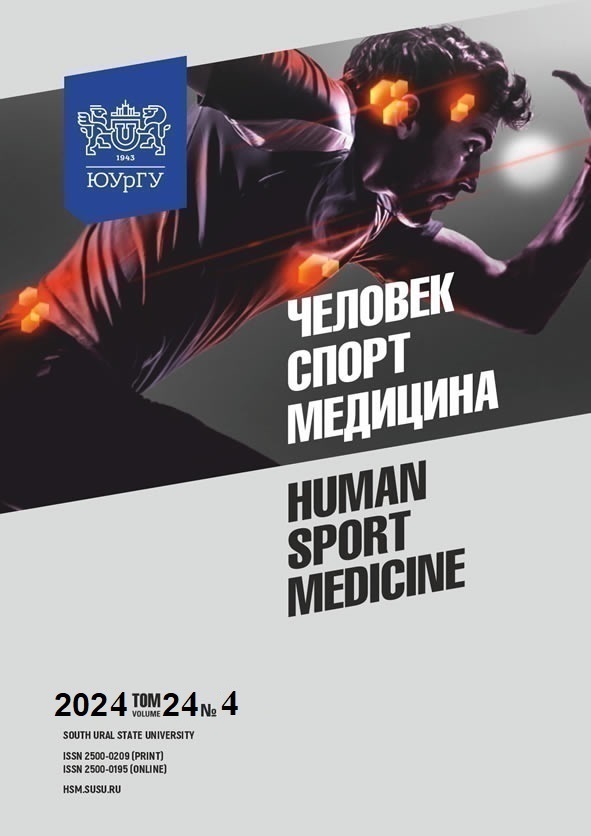ADJUSTING VARIABLE-INTERVAL TRAINING TO METABOLIC PROFILES IN UNIVERSITY STUDENTS
Abstract
Aim. This paper aims to explore the theoretical rationale for adjusting variable-interval training to students’ metabolic profiles. Materials and methods. This study provides the analysis of existing literature on the effects of variable physical loads on physiological systems in student populations. Results. Our analysis revealed several promising outcomes of the variable-interval method, including muscle hypertrophy, reduced glucose and body fat levels, enhanced energy and steroid hormone metabolism, and increased functional capacity. Conclusion. By applying the variable-interval method based on students’ metabolic profiles, physical educators can significantly enhance the effectiveness of student training programs through reduced risk of injury and overtraining and increased motor density in training sessions.
References
References on translit















